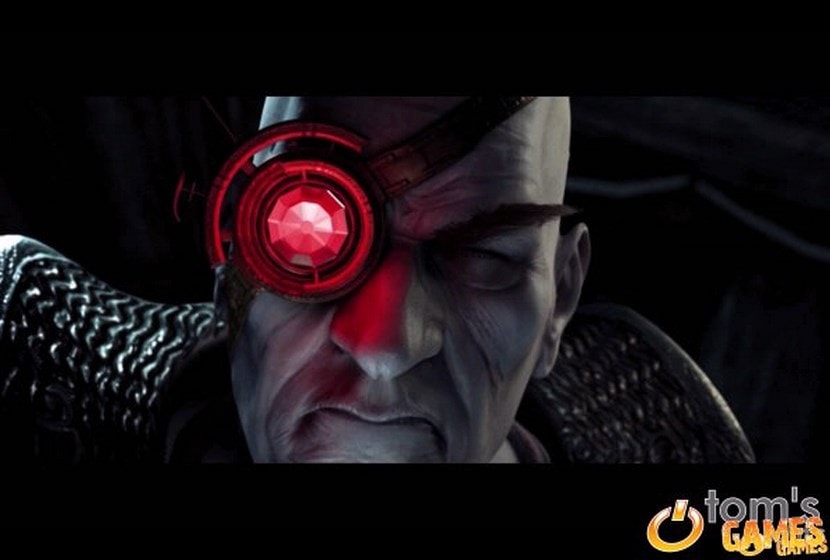Researchers from University of Washington and that of Aalto in Finland built an augmented reality contact lens. A way to see virtual reality deep down inside your eyes, if not in pink...
The contact lens in question consists of an antenna capable of picking up energy and programmes emitted by an external source, a miniaturised display screen, and an integrated circuit for storing the energy and transferring it to a chip containing a single blue LED. The device could superimpose visual information on the real world and be used in navigation systems, for entertainment (games) or edutainment (serious games) purposes. With this system, immersion could be total or mix real and virtual worlds. Finally, any user could display computer screens to work or browse the Internet in complete confidentiality.
The researchers, led by Professor Babak Amir Parviz and the ophthalmologist Tueng Shens, believe they can develop functions such as digital zoom, as seen in films or preview series. Not forgetting, of course, the correction of vision defects. It could also be linked to biosensors in the user's body and provide information on glucose or cholesterol levels... There are infinite possibilities for its use.
One of the major problems the researchers had to overcome was the fact that the human eye, with its minimum focal length of several centimetres, cannot resolve objects on a contact lens. Any information projected onto the lens was likely to appear blurred. To combat this, the researchers integrated a series of Fresnel lenses into the device. They are much thinner and flatter than conventional lenses and were used here to focus the projected image on the retina. Another concern is that the lens can only be worn for a few minutes to an hour. The lens is made of polyethylene terephthalate (PET) - a hard plastic that makes it - which does not allow the eye to breathe.
Currently, the device contains only a single pixel, but researchers see this as a "proof of concept" for the production of multi-pixel lenses that could be used in the hundreds to display e-mails and messages.
"We need to improve the design of the antenna and the associated associated network and optimize the transmission frequency to achieve an overall improvement in the wireless power transmission range," said Professor Babak Amir Praviz of the Department of Electrical Engineering at the University of Washington in Seattle. "Our next goal, however, is to incorporate predetermined text into the contact lens. «
Although the research is a breathtaking achievement, I don't know if my brain is not at risk of overheating and immediate migraine. You'd have to ask "Terminator"...
Babak Amir Parviz is currently Deputy Director of the Microscale Life Sciences Center at the University of Washington. He is also a founding member of the American Academy of Nanomedicine; a senior member of the IEEE and a member of the American Association for Advancement of Science, American Chemical Society, Association for Vision and Ophthalmology Research, and Sigma Xi. He works primarily on research between biology and electrical engineering, self-assembly for the integration of heterogeneous systems, nanotechnology (design and fabrication of nanoscale electronic, photonic and mechanical devices), devices for increasing human performance, and human-machine interfaces.
{Jacuzzi on}











